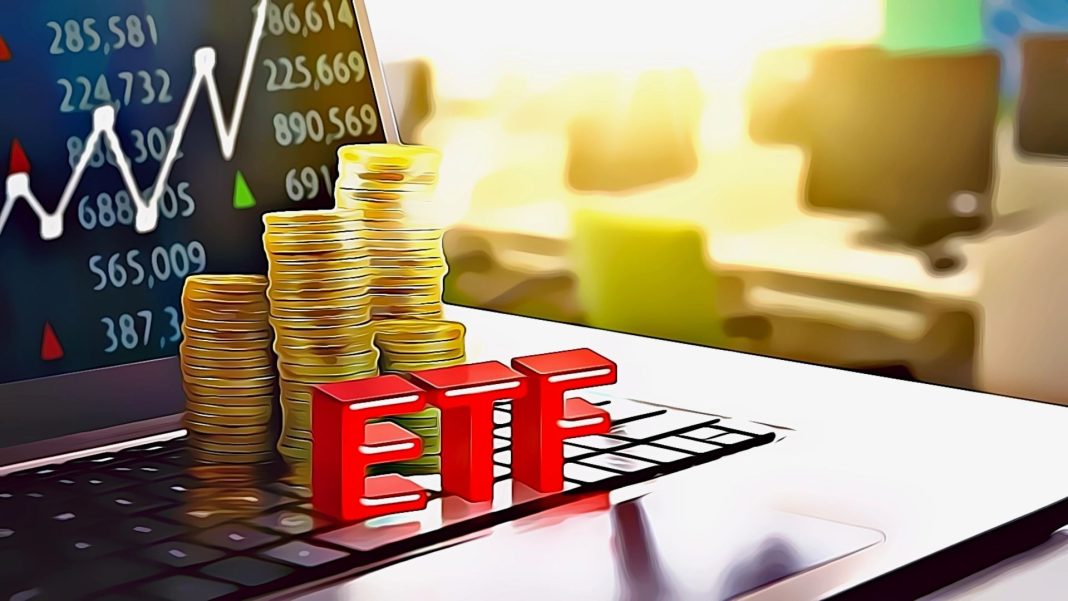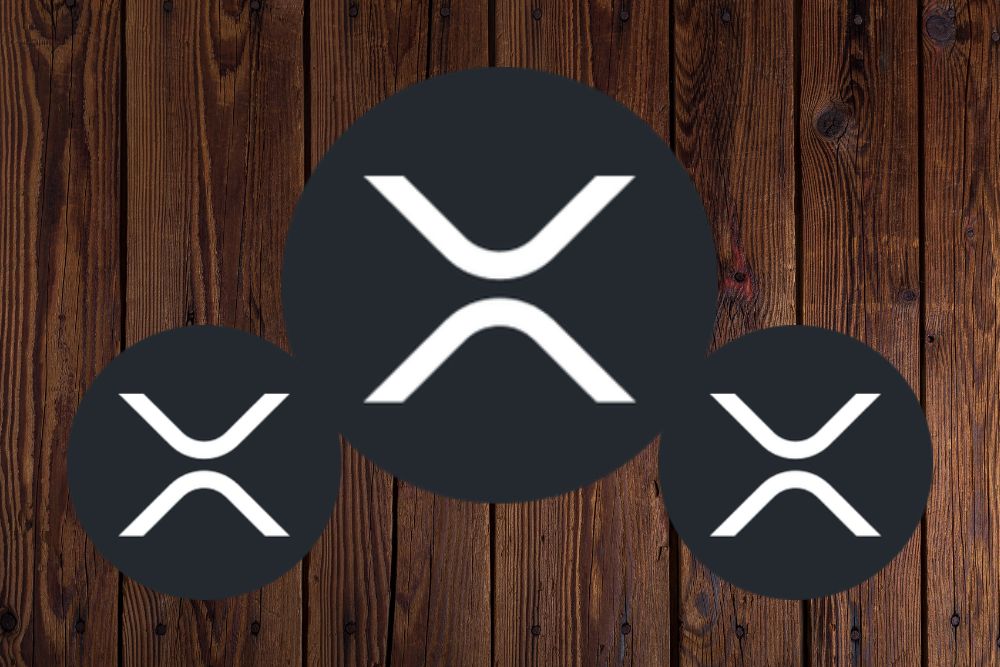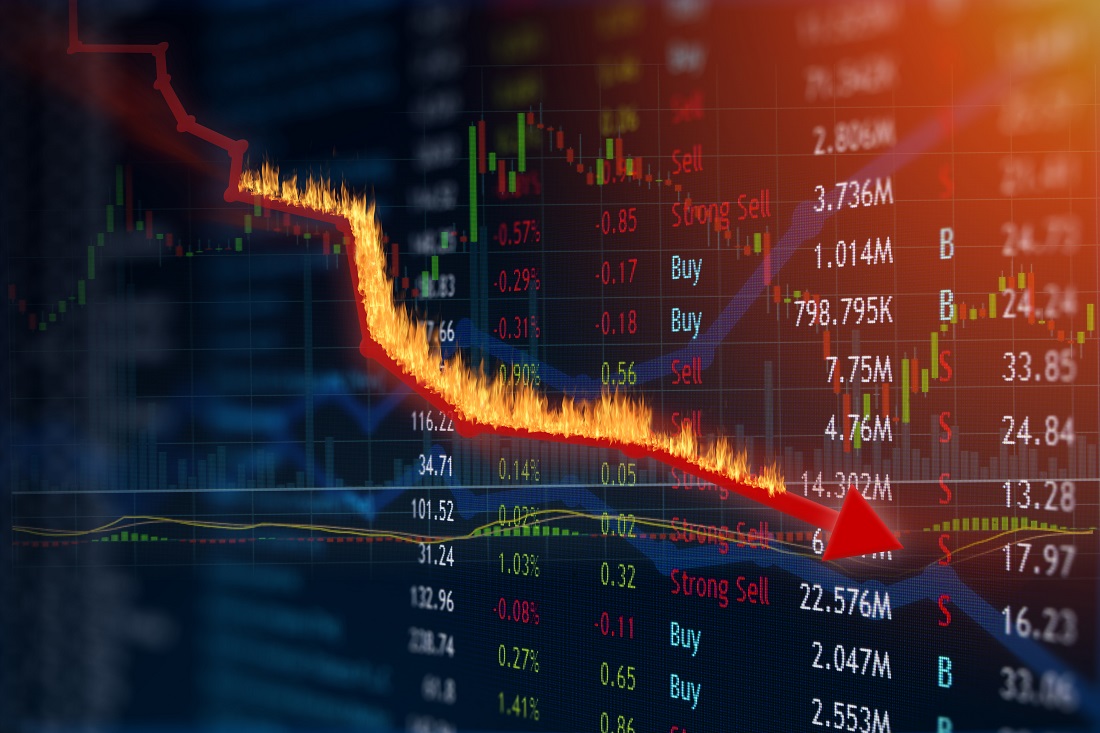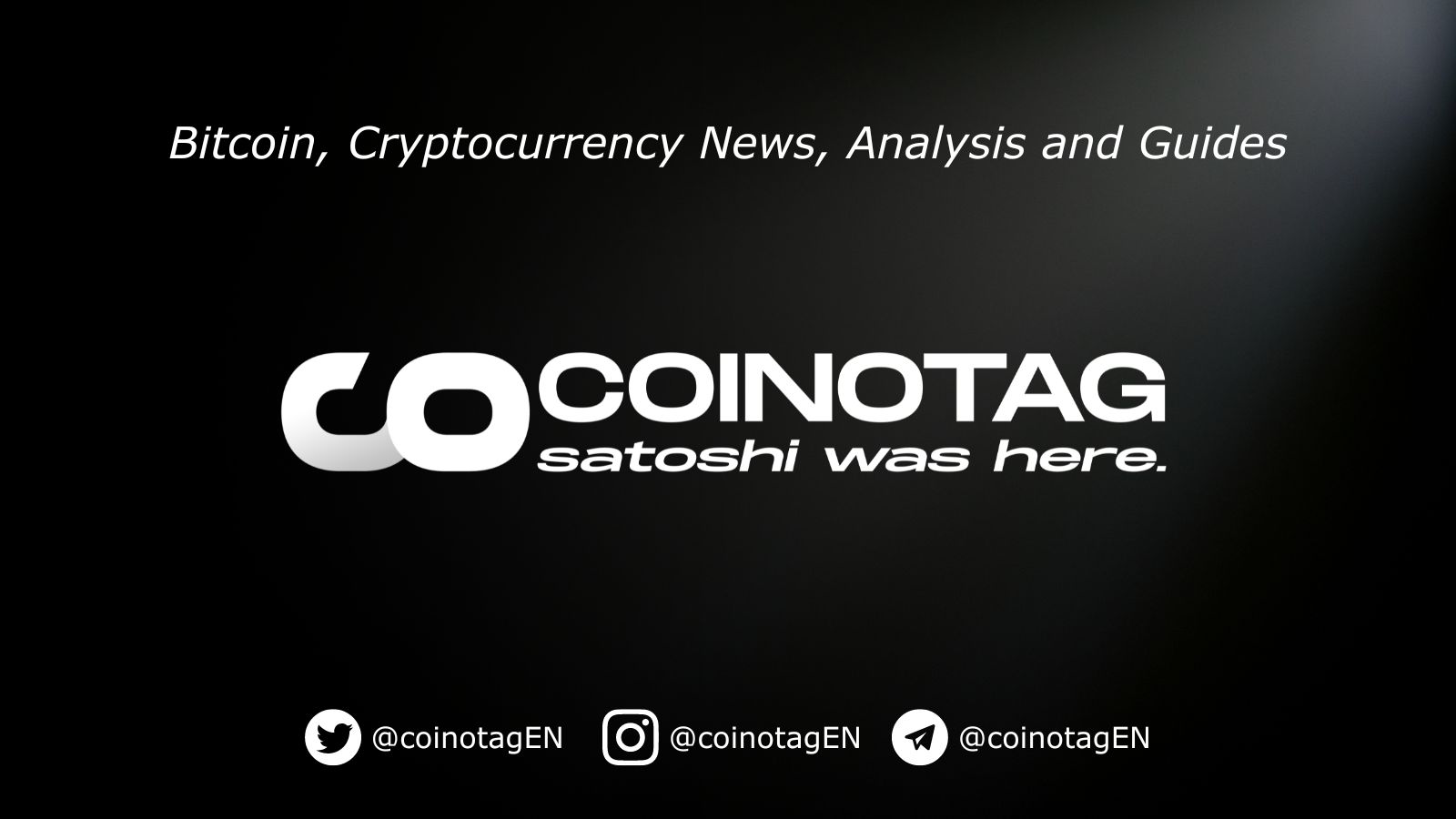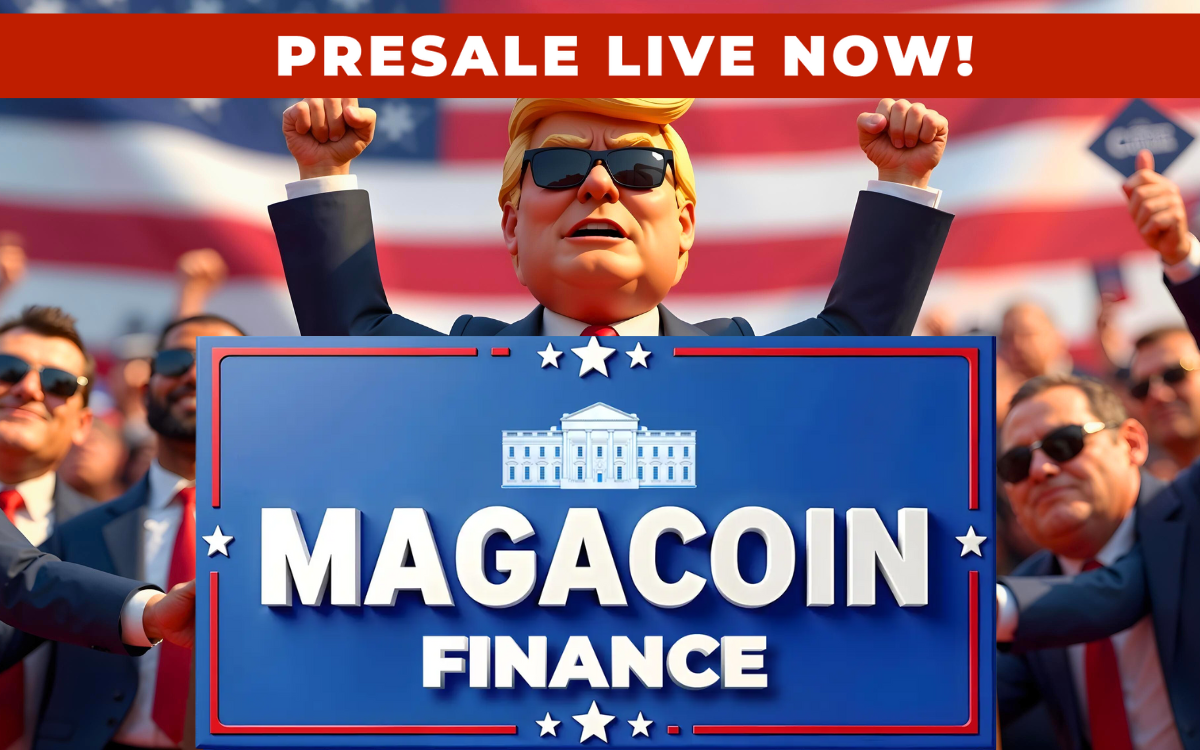
In the early days, Ripple (XRP) turned fractions of a dollar into full-blown fortunes for early adopters. In 2025, a similar narrative is emerging for MAGACOINFINANCE. As more traders reference XRP’s historical 100x journey, many now believe MAGACOINFINANCE could be the next to follow that explosive route—with an early price that still sits under a penny. Bitcoin (BTC), Ethereum (ETH), and XRP Traders Are Buying Early Veteran traders from the Bitcoin (BTC) and Ethereum (ETH) ecosystems are piling into MAGACOINFINANCE alongside XRP holders. The setup is familiar—limited supply, rising demand, and early-stage pricing that leaves serious upside on the table. PRE-SALE SELLING OUT – CLICK HERE TO SECURE A SPOT NOW MAGACOINFINANCE – EXCHANGE RUMORS HEATING UP Unprecedented Growth Potential MAGACOINFINANCE has already crossed $5.3 million raised, making it one of the most talked-about crypto pre-sales of the year. With a capped supply of 100 billion tokens, and a strong investor community forming, analysts are watching for rapid expansion post-listing. Get 50% BONUS with MAGA50X – ROI Up to 3,782% At its current price of $0.0002704, MAGACOINFINANCE is expected to list at $0.007, offering a 2,488% ROI, or 25.88x return. With the MAGA50X offer, entry drops to just $0.0001803, increasing potential ROI to 3,782%, or 37.82x. A $1,000 position at this level could grow to nearly $378,200—with long-term projections showing room up to $0.015 and beyond, echoing XRP’s historic climb. LIMITED TIME OFFER-GET 50% EXTRA BONUS WITH MAGA50X XRP, ETH, LINK, and SUI: Great Assets, But MAGACOINFINANCE Stands Out for ROI Ripple (XRP) is trading at $0.75, with eyes on $5 long term.Ethereum (ETH) holds at $3,218, still the smart contract king.Chainlink (LINK) trades at $13.84, bridging smart contracts to real-world data.Sui (SUI) is priced at $1.24, rising steadily in Layer 1 adoption. CLICK HERE TO JOIN THE NE-XT BILLION DOLLAR PROJECT Conclusion As the cryptocurrency market continues to evolve, both established and emerging digital assets present unique opportunities. While Bitcoin (BTC), Ripple (XRP), and Solana (SOL) pursue growth strategies, MAGACOINFINANCE distinguishes itself with its innovative approach and attractive pre-sale incentives. Investors are encouraged to conduct thorough research, stay informed about market trends, and consider diversifying their portfolios to navigate this dynamic landscape effectively. For more information on MAGACOINFINANCE and to participate in the pre-sale, visit: Website: magacoinfinance.com Twitter/X: https://x.com/magacoinfinance Continue Reading: $100 Investments in Ripple (XRP), Solana, and Bitcoin (BTC)—Worth It Now?
BitcoinSistemi
You can visit the page to read the article.
Source: BitcoinSistemi
Disclaimer: The opinion expressed here is not investment advice – it is provided for informational purposes only. It does not necessarily reflect the opinion of BitMaden. Every investment and all trading involves risk, so you should always perform your own research prior to making decisions. We do not recommend investing money you cannot afford to lose.
Ethereum’s Ecosystem Expands, But $ETH Struggles to Keep Pace: What’s Driving the Disconnect?

While Ethereum’s ecosystem is steadily growing, with great achievements in the burgeoning sectors of stablecoins and tokenized assets, its native asset, $ETH, has failed to keep pace with that growth. Instead, $ETH has languished and even dropped recently, with some crypto watchers suggesting it has hit a five-year low against Bitcoin when it comes to that asset’s trading ratio. Why is Ethereum’s ecosystem somehow expanding at the same time its core asset seems to be suffering? The latest “State of the Network” report from the crypto research firm CoinMetrics dives into this somewhat ironic situation. Ethereum’s Growth: Stablecoins, Tokenized Treasuries, and Layer 2 Developments The fundamentals of Ethereum are strong, and the network continues to set new and impressive records. The supply of stablecoins on Ethereum, for instance, recently hit a record high of around $130 billion. This stablecoin supply is a direct usage metric for Ethereum’s infrastructure, and it reinforces the narrative that Ethereum’s infrastructure is being widely adopted and trusted. It is also a reminder that, while the SEC is trying to delegitimize the way Ethereum has been governed and the way it has been upgraded, there are real, growing, and serious usage applications being built on top of Ethereum’s infrastructure. Besides stablecoins, Ethereum has witnessed substantial growth in tokenized assets. Tokenized assets such as BUIDL’s treasury above $1.8 billion are prime examples. Were it not for Ethereum, this development would be even too low-profile to mention. But given that the financial institution behind tokenized treasury BUIDL has recognized Ethereum as a secure platform for management and storage of its assets, employing Ethereum for such has to be deemed a potential game-changer. Ethereum’s growth has also seen major attention focused on Layer 2 (L2) solutions. These are the direct response to the need to scale up the network while minimizing the burden on Ethereum’s base layer (L1). The L2s have been thriving. They are still retaining huge margins—90% or more—and offering something that, for a long time, seemed unbacked: enhanced scalability with lower transaction costs. But this success is coming at a price for L1, which is main Ethereum network: the fees paid to the Ethereum base layer have dropped significantly. Why is $ETH underperforming while Ethereum’s ecosystem expands? In Q1 2025, Ethereum hit new highs in stablecoins and tokenized assets – yet $ETH fell to a five-year low vs. $BTC . The latest @CoinMetrics State of the Network unpacks the growing disconnect between Ethereum’s… pic.twitter.com/gWexEh9DLu — CoinMetrics.io (@coinmetrics) April 4, 2025 The Disconnect: Why $ETH Is Struggling Even with these positive events, in recent months $ETH has greatly underperformed, particularly compared with Bitcoin. The $ETH/$BTC ratio slipped to a five-year low just recently, which happens to be a pretty good indicator of how well Ethereum is performing relative to Bitcoin. (The lower the ratio, the worse Ethereum is doing.) This trend has some critics hollering that Ethereum is losing its edge over Bitcoin and is somehow becoming less valuable even as the Ethereum network itself is hosting an ever-growing list of assets. One big reason for this disconnect is the dropping revenue from the Ethereum network. The recent decrease in the fees from the Ethereum base layer has affected the demand for $ETH as a utility token. Ethereum’s Layer 2 solutions are now doing way more of the network’s work, meaning Ethereum’s native asset isn’t being used as much anymore, resulting in lower demand for $ETH. And without demand, there isn’t going to be much of a case for $ETH’s value beyond being a store of value. Compounding this issue is the evaporating rate of $ETH burn, which has dropped to about 70 ETH each day. This situation is now is turning Ethereum into an inflationary asset, with an inflation rate of 0.79% that seems to be going up. Long-term holders should be worried. The speed with which the price of $ETH can go up is governed by the amount of demand for the asset. If the supply is increasing at a rate faster than the demand is, well—goodbye, price. Looking Ahead: Ethereum’s Scaling Roadmap and Future Outlook In the face of short-term challenges, Ethereum’s strategy for long-term scaling remains on course. The imminent Pectra and Fusaka upgrades, which form part of Ethereum’s broad roadmap, are anticipated to tackle some of the present problems by not only augmenting blob capacity but also by driving demand for Layer 1 services. The very aim of these upgrades is to restore value accrual to $ETH by raising transaction throughput and pushing network efficiency to new heights. The Pectra upgrade, which is concentrated on enlarging blob capacity, is projected to alleviate congestion on the Ethereum network and make for a speedier, cheaper transaction experience. Fusaka, another critical upgrade, will push various enhancements to Ethereum’s consensus mechanism and allow for even more scalability of the network. These two upgrades taken together should result in an uptick of use of the Ethereum base layer. Although $ETH’s present performance is under par, Ethereum’s future seems bright. With big developments coming up, an ever-expanding ecosystem, and relentless innovation, both on Layer 1 and Layer 2, Ethereum is well set to bounce back from its recent woes. Investors, however, will need to channel their inner Job and be patient; the scaling and other necessary improvements are fairly afoot but will take time to translate into any real benefits for $ETH holders. Disclosure: This is not trading or investment advice. Always do your research before buying any cryptocurrency or investing in any services. Follow us on Twitter @nulltxnews to stay updated with the latest Crypto, NFT, AI, Cybersecurity, Distributed Computing, and Metaverse news ! BitcoinSistemi
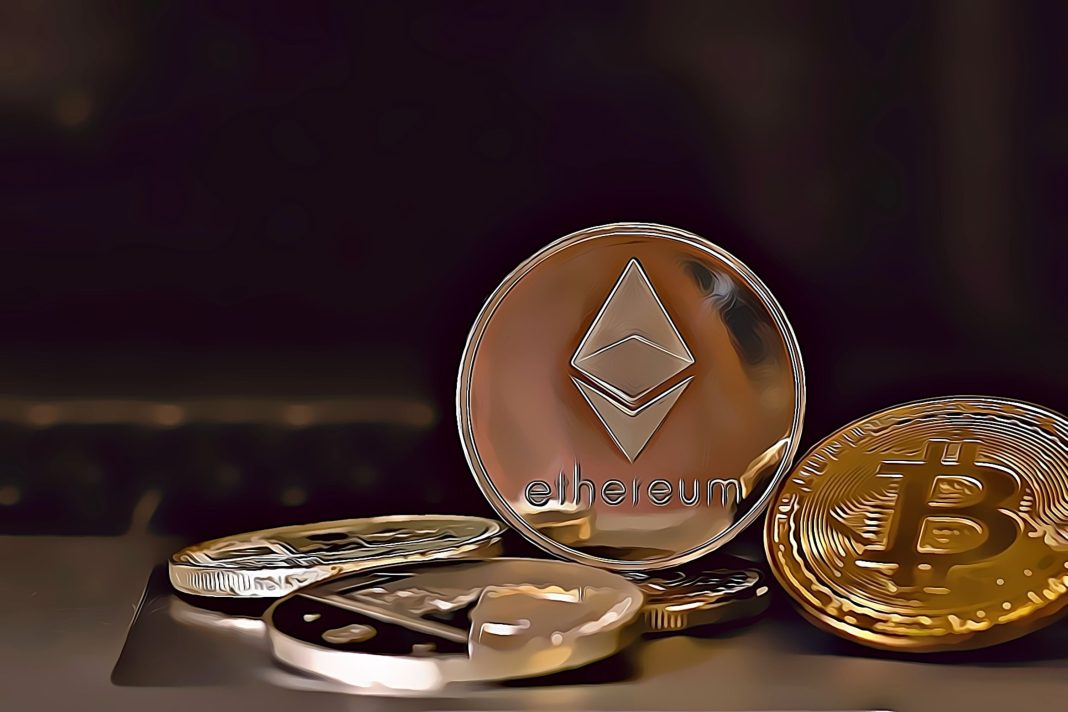
Ethereum Regains Lead as DEX Volume Leader in March, Surpassing Solana
In a remarkable turnaround, Ethereum has taken back its place as the dominant blockchain in trading volume for decentralized exchanges (DEXs). After Solana had spent several months in first place, Ethereum has now reclaimed the top position it last held in September 2024. Ethereum was not only resilient during the past few months, but it also surged dramatically in trading activity this March 2025—reaching trading volume levels it had not seen in approximately six months. That surge, on top of its already solid position in trading on DEXs, now makes Ethereum the leading blockchain for DeFi traders. Ethereum’s Strong Comeback: Dominating the DEX Market The most recent data shows that total DEX volume in March reached an impressive $245.8 billion. Ethereum accounted for 26.3% of this total, putting it ahead of Solana and atop the leaderboard among blockchains. Solana, which had seen a surge in DEX trading activity thanks to its high-speed, low-cost transactions, held 21.4% of the total market share in March, marking a noticeable decline in its fortunes as Ethereum surged on the volume front. This shift is the latest indication that confidence is returning to Ethereum’s DeFi ecosystem, which continues to attract both retail and institutional traders despite competition from other blockchains. Ethereum returns as DEX volume leader in March @ethereum reclaimed its position as the leading blockchain for DEX trading volume, surpassing @solana for the first time since September. The total DEX volume in March amounted to $245.8 billion, with @ethereum capturing 26.3% and… pic.twitter.com/bnxFEyZ88x — CryptoRank.io (@CryptoRank_io) April 3, 2025 Several factors have brought Ethereum back to life. First, it is underpinned by continued active development that has, among other things, made Ethereum more scalable. Second, it has maintained a dominant position in the decentralized finance (DeFi) space. It is where you go if you want to do anything on a dApp or a protocol in the DeFi space. It’s foundation seems to be unshakeable. In recent months, Ethereum has also profited from the blossoming popularity of layer-2 solutions like Optimism and Arbitrum. These protocols, which operate on top of Ethereum, offer users faster and cheaper transactions while keeping the security promises that Ethereum itself makes. That assurance is crucial since layer-2s will inevitably process plenty of transactions for protocols that could be described as dubious. Still, they are using Ethereum’s base layer for assurance, and they had better not have a security incident. Solana’s Decline: What Does it Mean for the Future? Ethereum may still have the upper hand in terms of total value locked, but it and its layer-2 solutions still have plenty of room for improvement if they want to stay ahead of blockchain monoliths like Solana. While Solana is now back on an upswing, its trading volume in the DeFi space has dipped recently. This has happened in tandem with a spike in DEX trading on layer-2 solutions like Optimism, as well as on Ethereum itself. This decline could have several causes. One possible reason is the continued upheaval in the cryptocurrency market, which has prompted some investors to move their assets into more stable, established ecosystems like Ethereum. Solana had a tough 2023, marked by serious network outages and some security problems, which makes you wonder if those couldn’t have also contributed to a user confidence hit that Solana might have suffered as a result. Solana is picking itself back up in 2023, however. Its technological fortress is tighter and more robust than ever. Its user base should continue to grow, driven by an economic model that looks increasingly sound and equitable. Possibly on the rise is the increasing adoption of Ethereum layer-2 solutions. As Ethereum scales and becomes a solution more accessible to a wider audience, its traders and developers may find the speed advantage of Solana’s transactions not such an impressive selling point anymore. Part of the reason for this is that the downturn in DeFi seems to have had little impact on Ethereum, whose robust developer community and ecosystem give it a unique DeFi advantage. Ethereum’s Competitive Edge: What’s Next for DEX Volume? The regained command of Ethereum’s for decentralized exchange (DEX) trading volume clearly indicates that the decentralized finance (DeFi) market is maturing. Helmed by Ethereum, the DeFi market continues to confidently sail forward. The set of protocols and overall ecosystem have cemented Ethereum’s lead in this newly emerging asset class. Presently, these DeFi assets and the protocols underpinning them exist almost entirely on the Ethereum blockchain. Even with the avalanche of alternatives that have surfaced over the past 15 months, the Ethereum network remains the primary venue for DeFi. The Development of Decentralized Assets The alternative decentralized finance (DeFi) asset class is in the midst of development. The development of decentralized applications (dApps) sits on top of smart contracts, the veiled promises of which are now being fulfilled. With a firm foundation in Ethereum smart contracts, the Elrond (EGLD) blockchain ecosystem and its native decentralized finance assets (in the form of financial contracts) signal the maturation of both the dApp and decentralized asset classes. Merging Ethereum with layer-2 solutions and other scalability improvements makes it even more appealing. With these updates, the Ethereum network can take on a lot more users without its transaction speeds or costs being affected. This improved scalability, along with the shift to proof of stake, means that, in the long run, Ethereum seems more likely to maintain its DeFi dominant position than it does to fall behind newer blockchains like Solana, which also seem to have robustDeFi ecosystems. Moreover, Ethereum has a robust developer community that lets it be a persistent best-in-class solution in the NFT space. This nearly unrivaled presence in another crypto sector serves to strengthen Ethereum’s network effects. These network effects extend well beyond just DEXs to a huge variety of crypto applications, including NFTs, gaming, and much more. This unparalleled wide-ranging appeal among developers and users permits Ethereum to maintain its leading position as the best blockchain for DeFi and other “crypto cases.” Conclusion: Ethereum’s Path Forward in a Competitive Market Ethereum’s dominance in the DEX space hasn’t just returned; it has renewed itself with strength and resiliency in the face of increasing competition from other blockchains like Solana. The return to dominance was marked by an almost unparalleled foundation in decentralized finance, something that has Ethereum scaling over the horizon as it maintains a leadership position in the DeFi ecosystem. Even while Solana and other blockchain platforms keep innovating and successfully drawing in users, the Ethereum blockchain’s extensive ecosystem, network effects, and burgeoning solutions in scalability give it the competitive edge needed to stay on top. As the Ethereum blockchain continues its evolution, the solidity of its position as the leading decentralized exchange trading platform seems more probable than not, and it appears to be the most likely choice for DeFi traders and developers for the next several years. Disclosure: This is not trading or investment advice. Always do your research before buying any cryptocurrency or investing in any services. Follow us on Twitter @nulltxnews to stay updated with the latest Crypto, NFT, AI, Cybersecurity, Distributed Computing, and Metaverse news ! BitcoinSistemi


